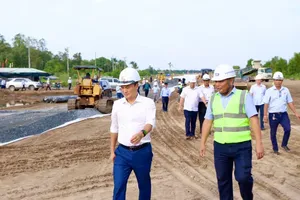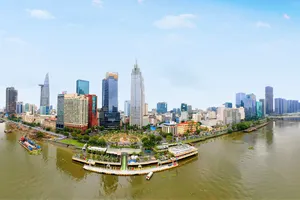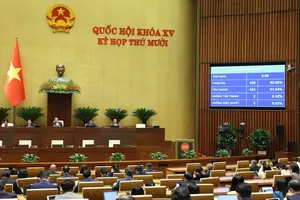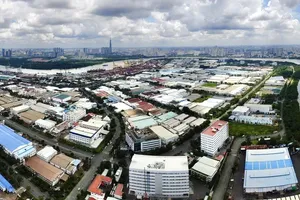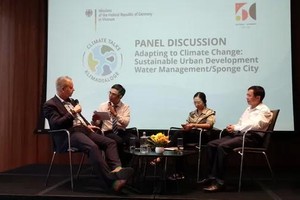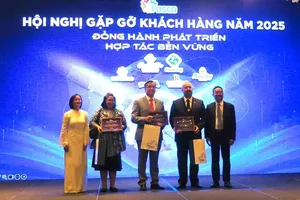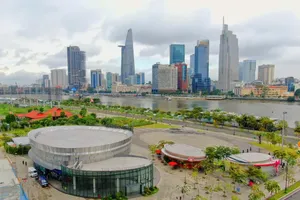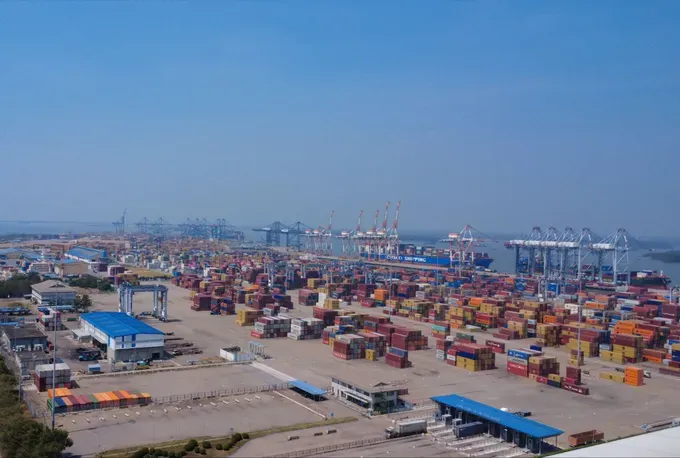
Additionally, the megacity of the newly merged Ho Chi Minh City becomes an endless source of “inspiration” for urban planners, who are actively proposing creative strategies for effective and sustainable growth.
Under the city’s adjusted master plan to 2040, with a vision for 2060 recently approved by the Prime Minister, Ho Chi Minh City will emerge as a globally civilized, modern, and compassionate city with a development level on par with major metropolitan centers worldwide. The city will be developed into six planning zones. Each zone will be designed and structured to fulfill multiple functions associated with key development areas that play a central role in the region, country, and world, to create job opportunities and a high-quality living environment. The spatial organization of each zone will be closely integrated with the public transport system. The city is developing a polycentric urban space, establishing multifunctional zones focused on finance, commerce, tourism, culture, sports, research, education, and high-tech industries.
Under the revised master plan, Ho Chi Minh City will establish new high-tech zones covering a total area of around 2,200–2,600 ha and focus on 33 industrial parks, 3 export processing zones, and 7 industrial clusters, with a total area of around 9,200–10,200 ha along Ring Road 3, the National Highway 22's bypass, Hiep Phuoc Port, and other regions offering strong transport connectivity, as well as through functional conversions in Binh Chanh, Cu Chi, and North Can Gio.
Binh Duong Province is described as Vietnam’s industrial capital and home to more than 29 operating industrial parks with over 1.3 million workers. The province has built a fairly synchronized transport network; upgraded and expanded National Highway 13’s section passing through Thuan An City; urgently implemented and prepared for the investment in the construction of Ring Roads 3 and 4, the Ho Chi Minh–Thu Dau Mot–Chon Thanh expressway, and most recently, the urban railway system connecting directly to the center of Ho Chi Minh City.

Mr. Nguyen Anh Minh, Director of the Department of Construction of Binh Duong Province, affirmed that the merger of Ho Chi Minh City with Binh Duong and Ba Ria–Vung Tau contributes to establishing a smart megacity, optimizing each locality’s strengths to create a closely integrated, mutually complementary region across all aspects.
As part of its master plan to 2040, with a vision for 2060, Ba Ria–Vung Tau aims to develop into a modern, green, civilized metropolis rich in local identity and sustainable growth associated with cultural preservation.
Ms. Duong Thao Hien, Deputy Director of the Department of Construction of Ba Ria–Vung Tau Province, said that the province’s urban system development planning is based on fully leveraging its developmental advantages from key infrastructure projects spanning sectors of transport, tourism, and services. The province continues to complete the urban network in accordance with each stage of socio-economic development, harmoniously combining the urbanization process, urban development, industrialization, and modernization.
Associate Professor Dr. Nguyen Ngoc Vinh, Deputy Director of the Institute for Regional Development Research and Consulting under the University of Economics Ho Chi Minh City, believes that the formation of the “new Ho Chi Minh City” marks a strategic shift in restructuring the region’s development space.
From its position as an inland commercial center, the newly expanded Ho Chi Minh City will now boast approximately 110 km of coastline from Long Hai to Con Dao. This transformation represents a change of strategic significance in exploiting the potential of the marine economy, particularly in the context of shifting global supply chains and the need for sustainable development of marine resources. One of the key factors in the post-merger Ho Chi Minh City maritime economic context is the seaport system, especially the Cai Mep-Thi Vai deep-water port cluster, capable of receiving ships of up to 150,000 DWT.
Ho Chi Minh City also faces several major challenges, requiring tight coordination between government, businesses, and stakeholders; incomplete transportation and logistics infrastructure; lack of integrated marine spatial planning; and limitations on specific financial mechanisms. Therefore, Ho Chi Minh City needs a smart, integrated, and sustainable marine economy development strategy.

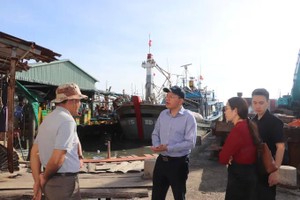

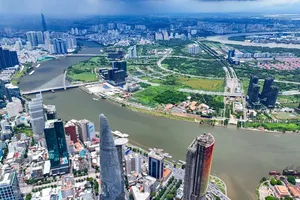



)



